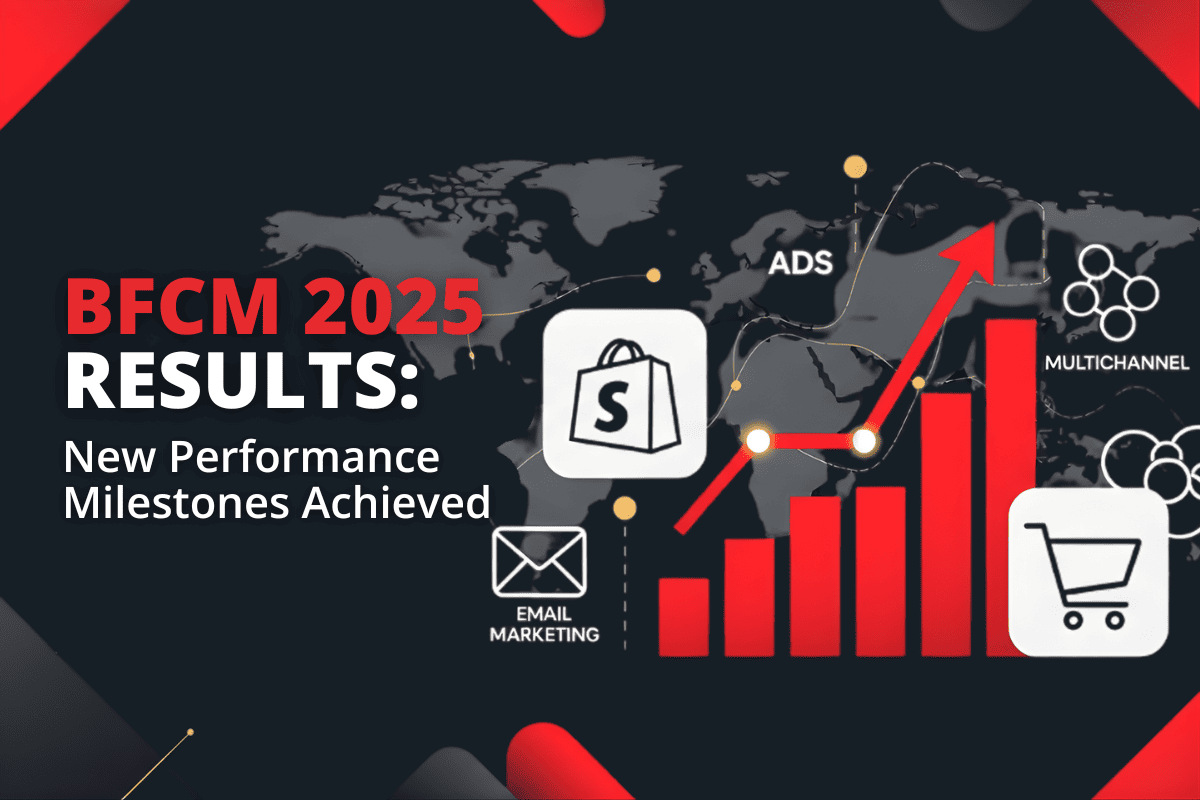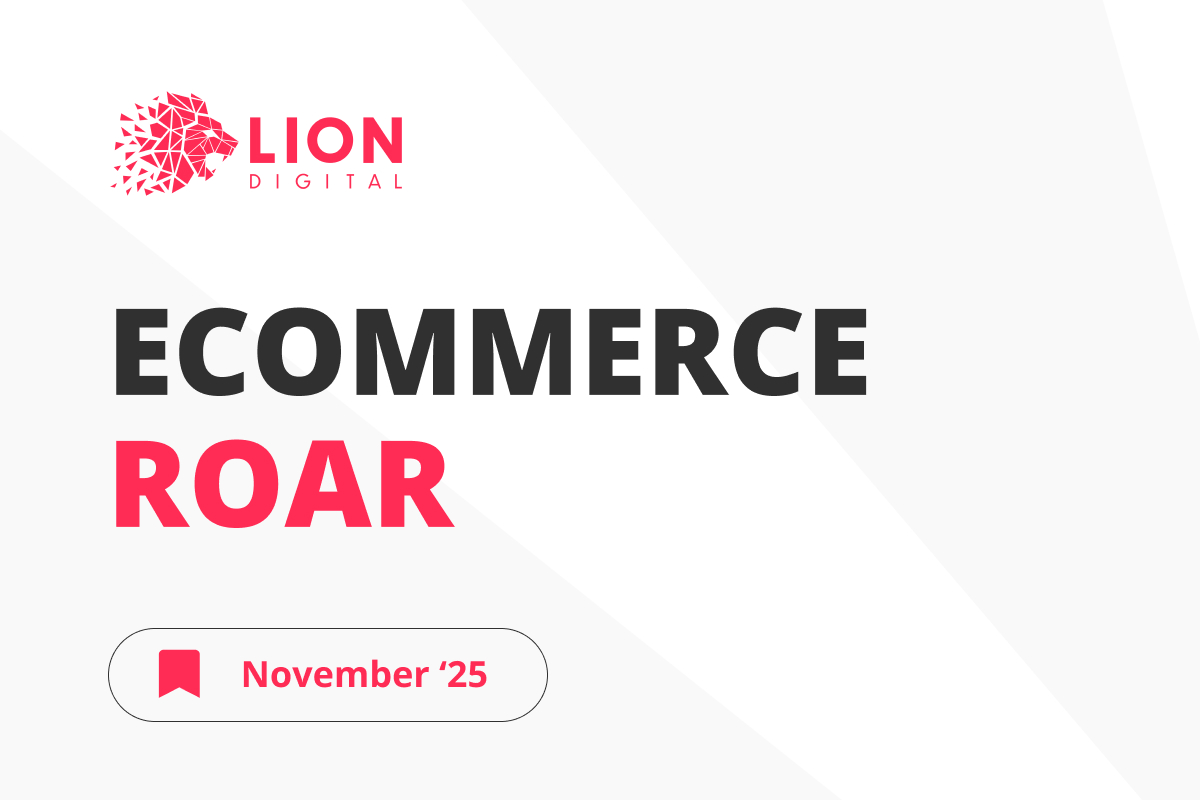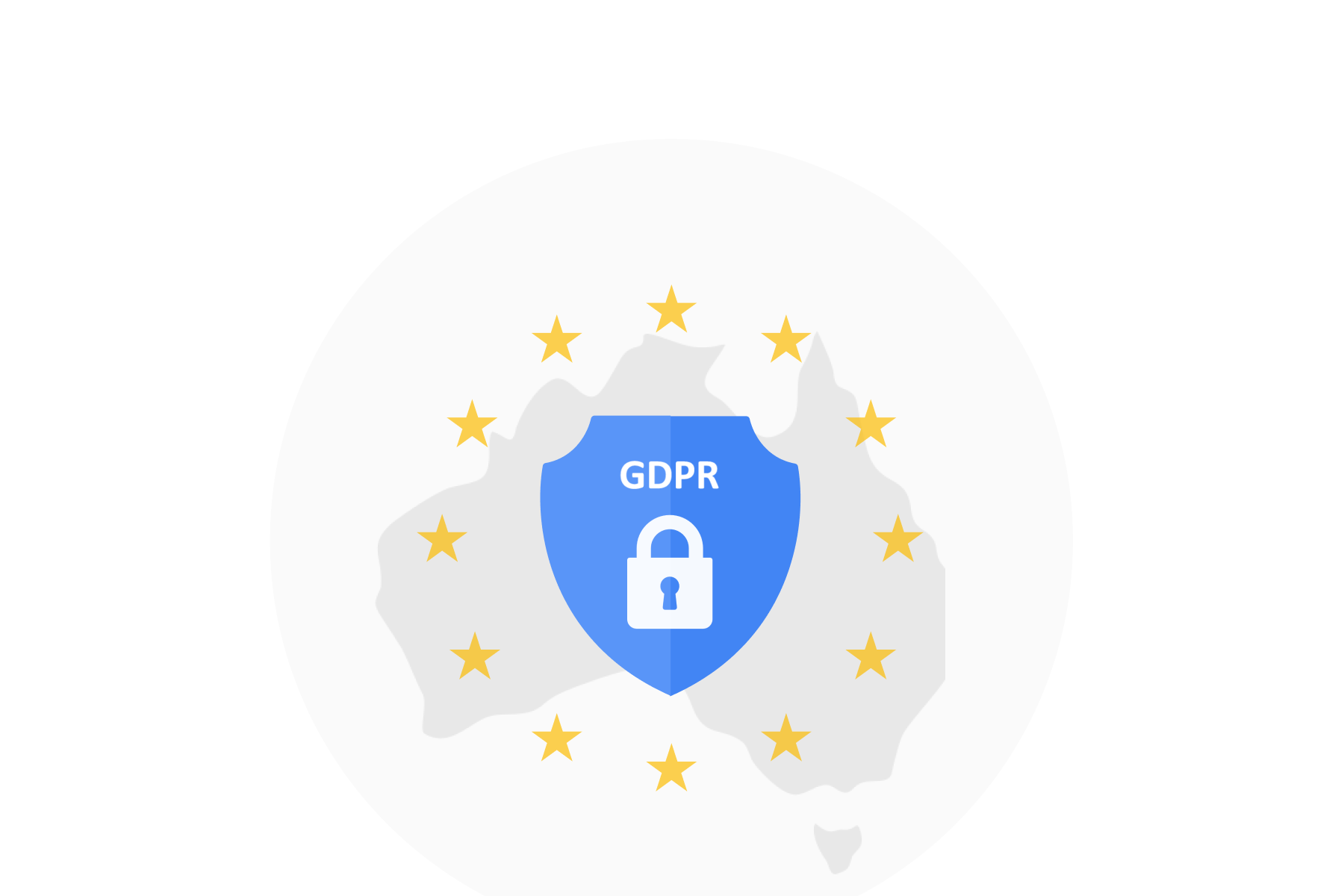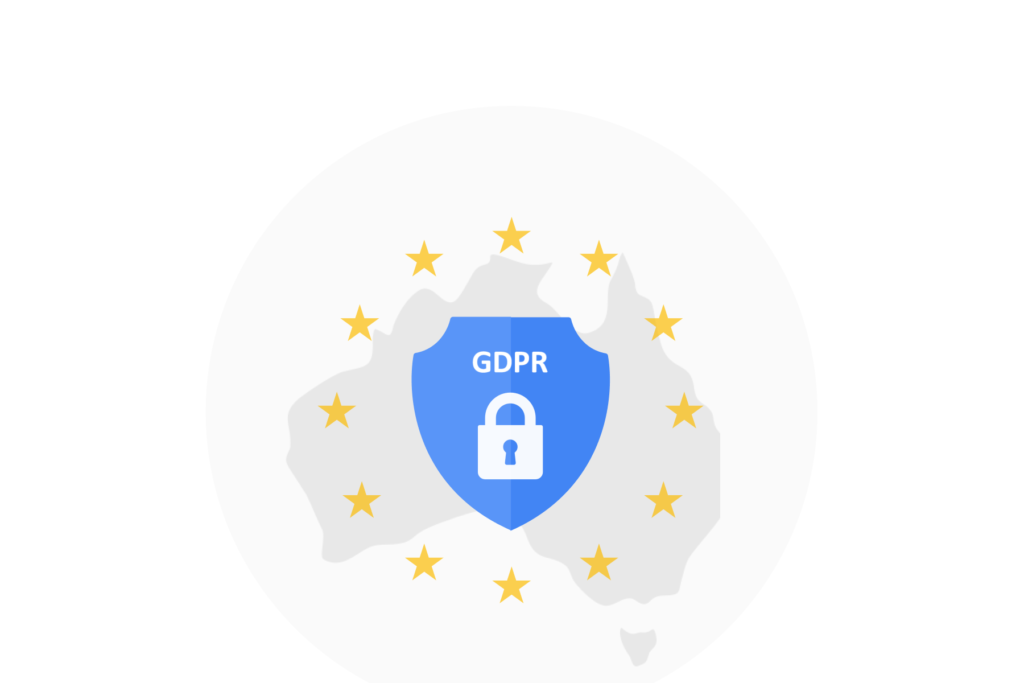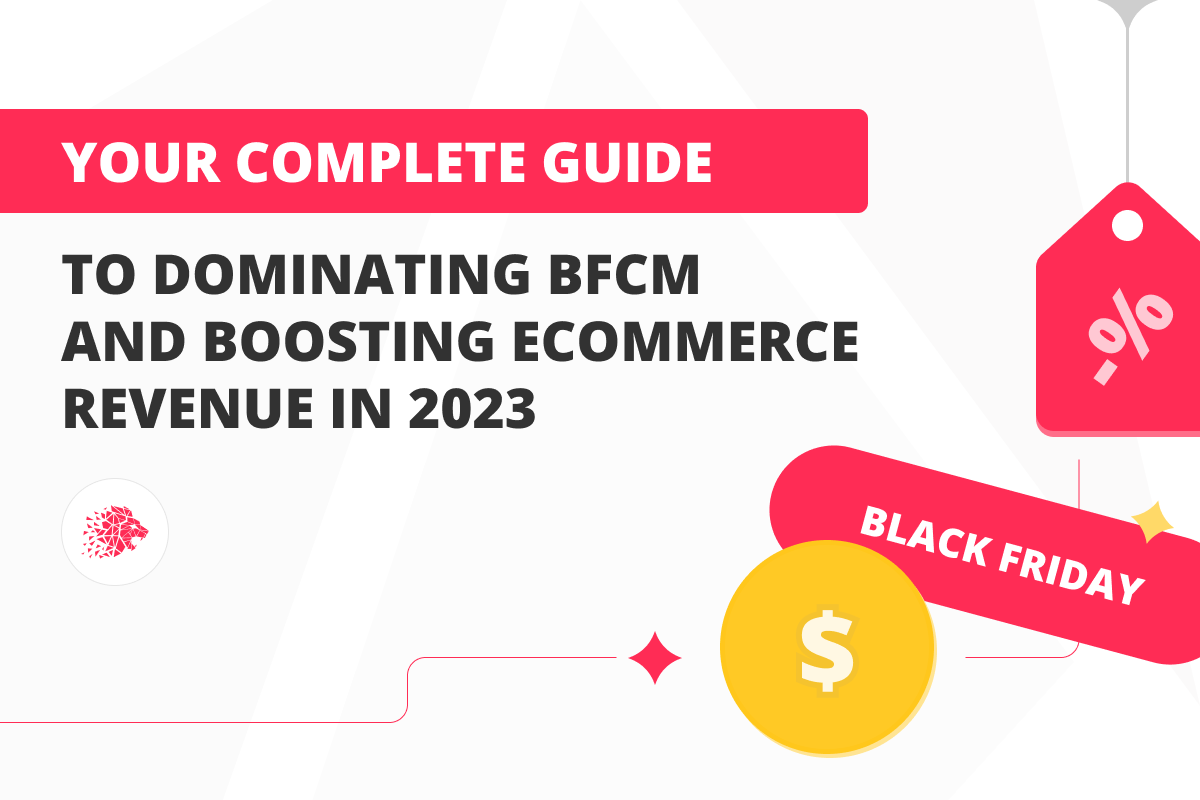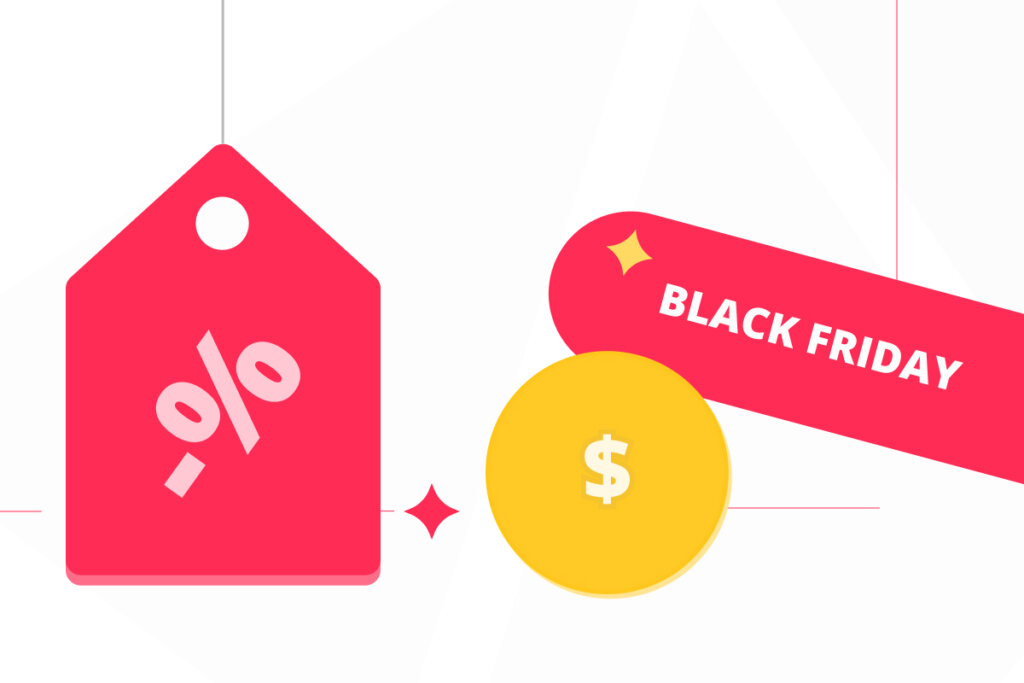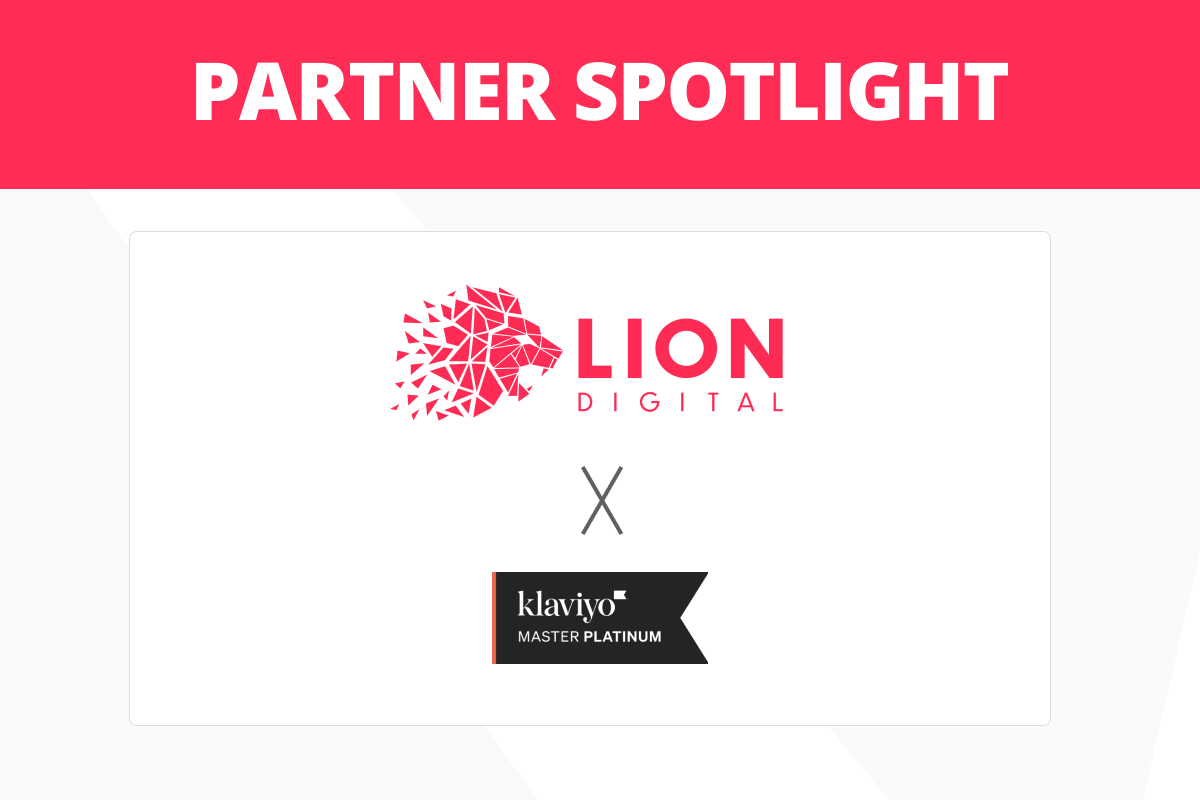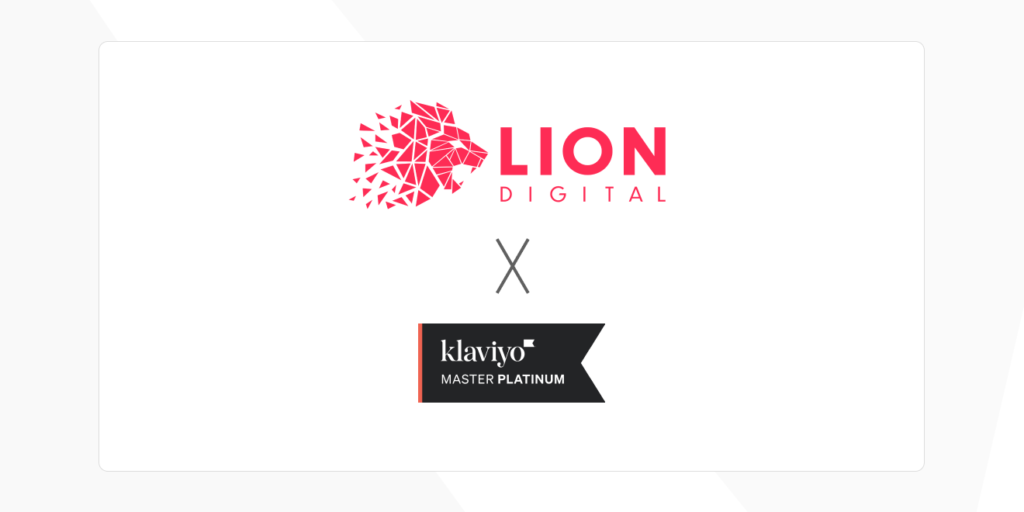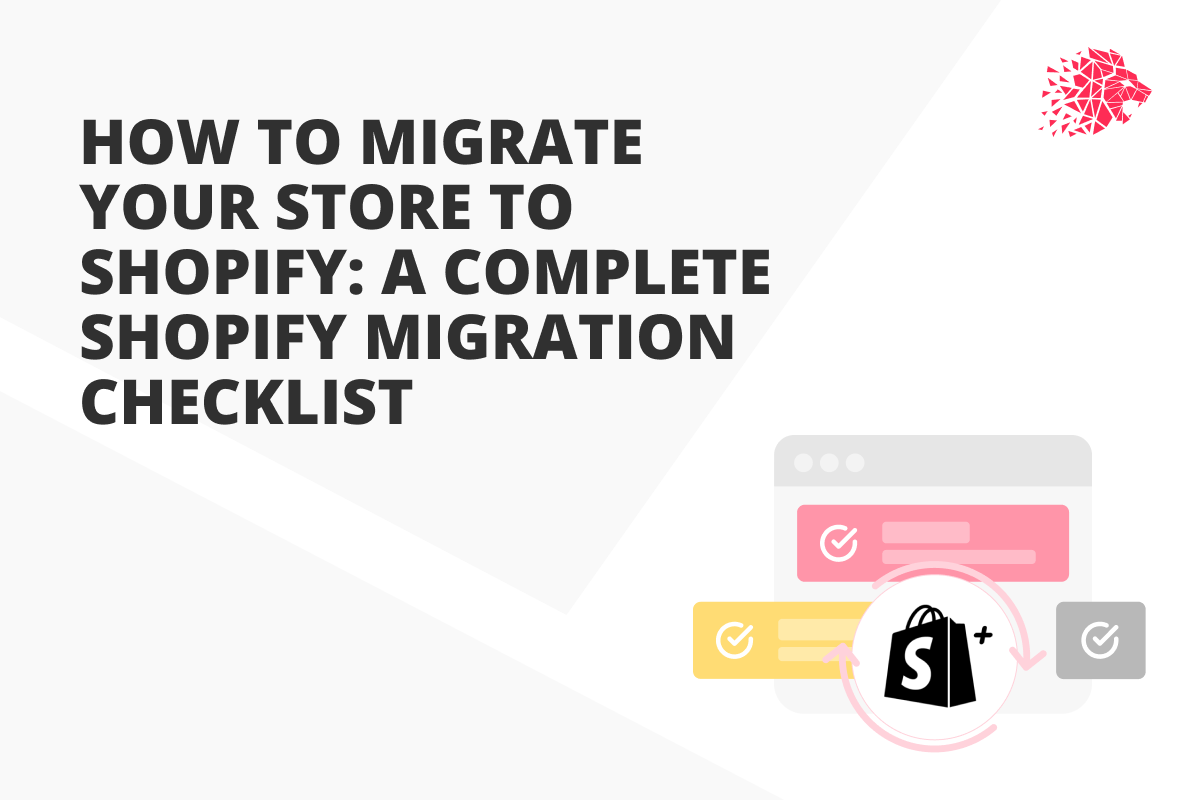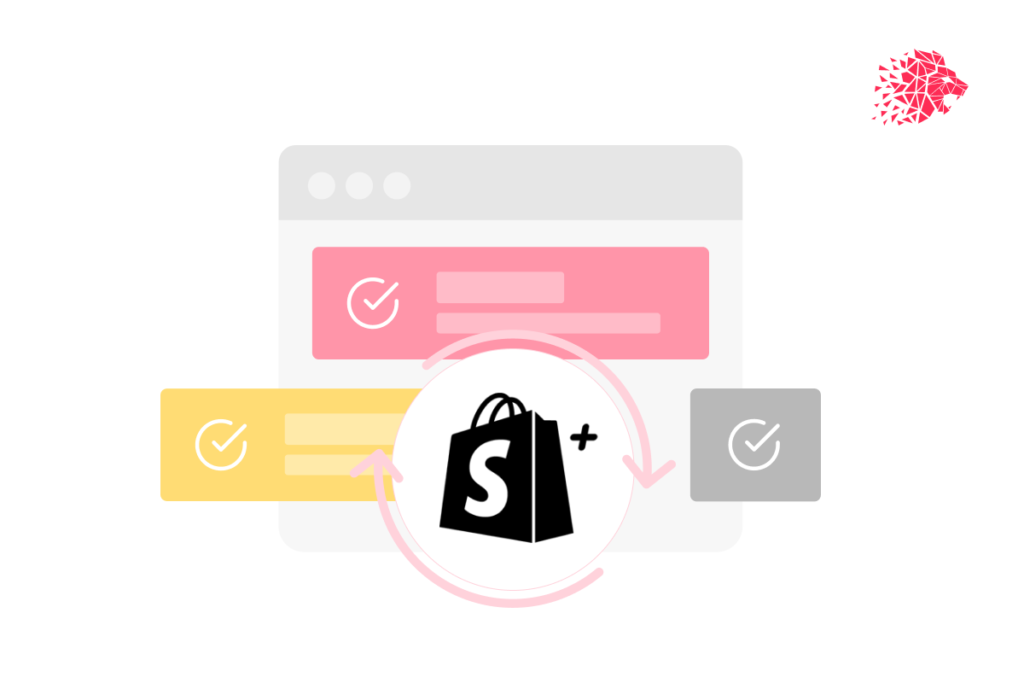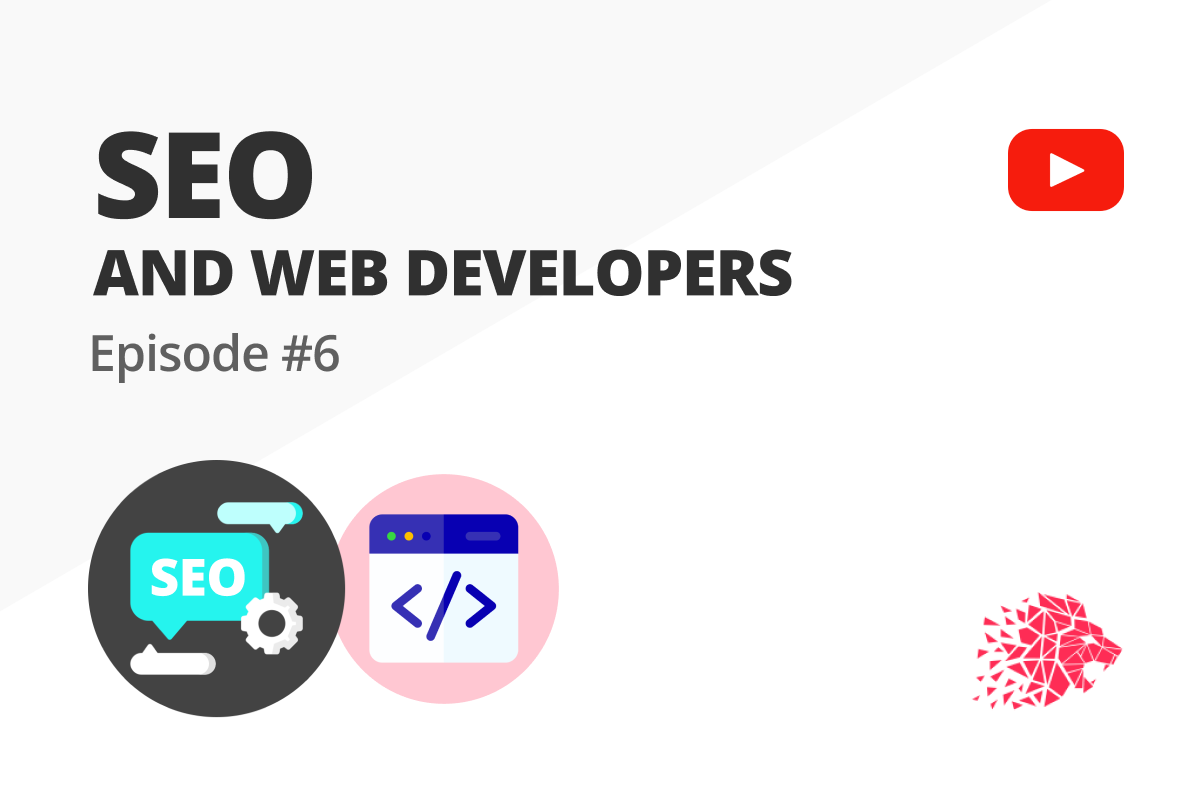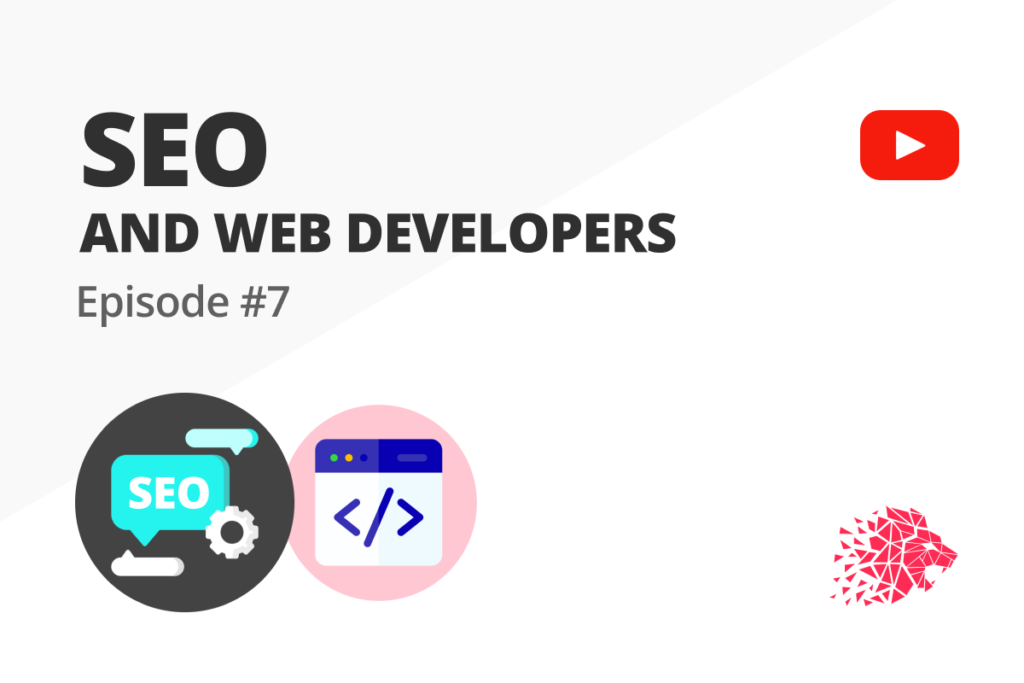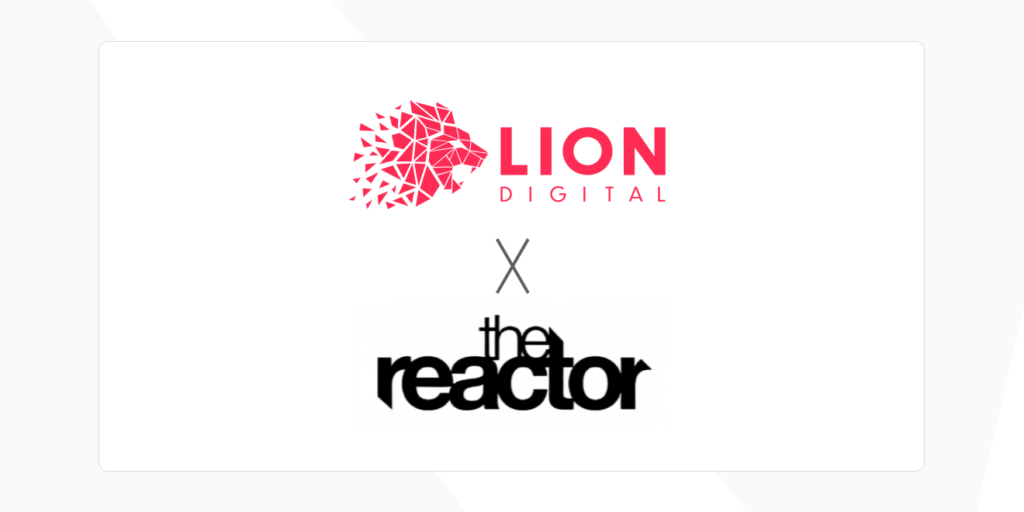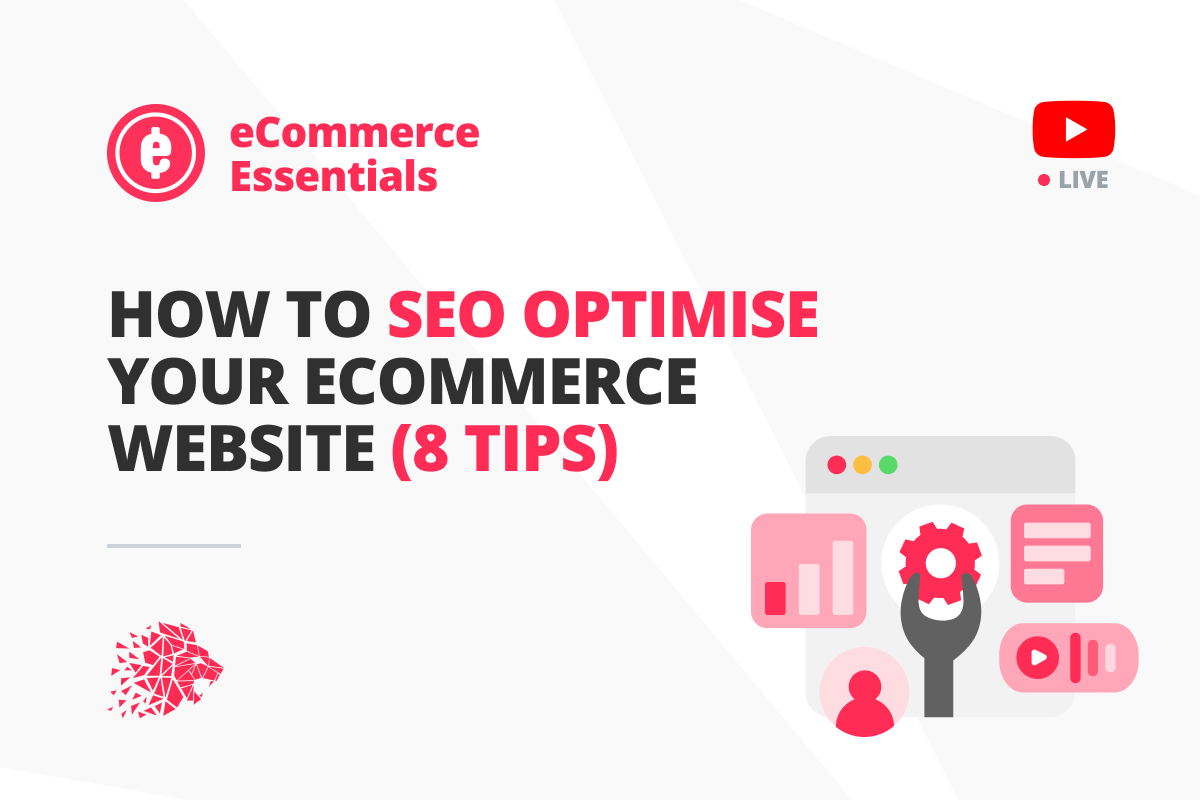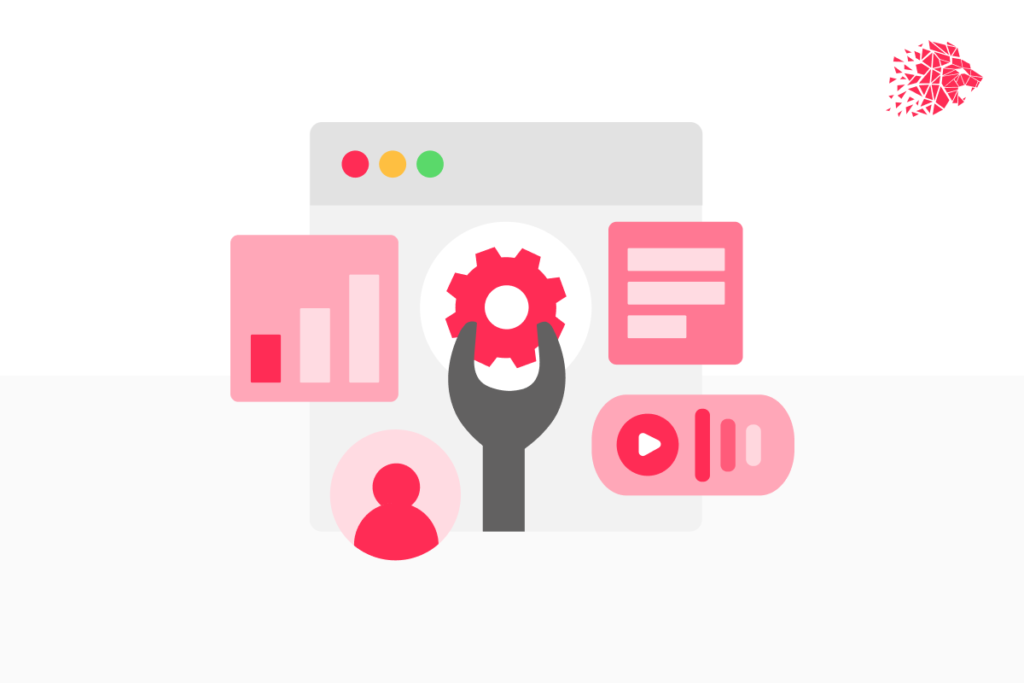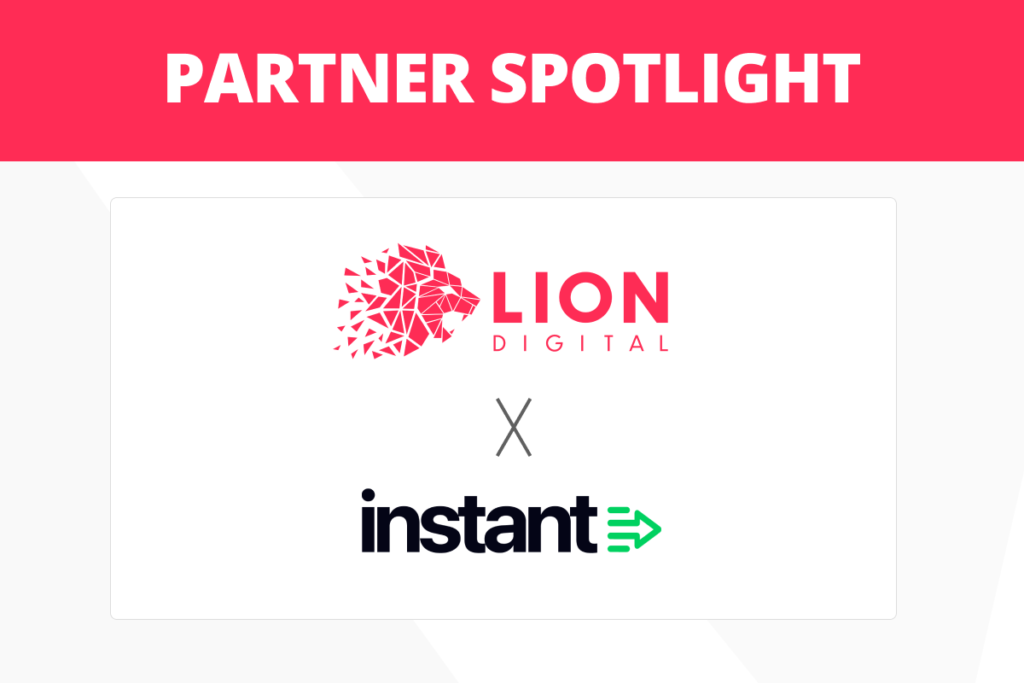
Save Your Abandoned Shoppers with an Automated Rescue Operation Designed to Capture and Convert
The online retail space is extremely competitive, no matter the sector, without adding the complexities of abandoned shopping carts. Most eCommerce companies are heavily invested in attracting new customers to their websites, with a strong emphasis on growth. However, the common issue that has lured Instant’s many clients is that while consumers shop on their sites, they have struggled to convert them into loyal shoppers. In fact, many eCommerce brands experience high rates of abandoned carts, the proportion often exceeding 70%.
Instant is exclusively dedicated to helping eCommerce businesses increase revenue by implementing faster automation that increases checkout conversions. Their solution, Instant Checkout, streamlines the checkout process into a single step, significantly boosting conversion rates. For instance, while a typical ‘generic’ checkout process converts at 25%, Instant Checkout achieves an impressive average conversion rate of 65%.
The combination of hiring an eCommerce specialist to develop a targeted strategy alongside the power of Instant provides personalised shopping experiences for your customers that capture and convert.
In addition, Instant SMS complements Checkout by enabling eCommerce companies to identify and convert abandoned cart shoppers, offering the Checkout solution directly via SMS.
KICK CART ABANDONMENT TO THE KERB WITH INSTANT’S SUITE OF TOOLS
Don’t just take their word for it, look at what some of Instant’s customers have to say:
“We were so devoted to creating top-tier apparel and acquiring new customers that we didn’t consider the business impact of cart abandonment. We were allocating marketing resources to attract shoppers, only to see them leave without completing a purchase.”
– Sean Inkley, IT Manager at Zhik
“When the Instant team told us about their new SMS feature, we immediately jumped on board following the success of using Instant Checkout. Since implementing Instant SMS, we’ve seen incredible results for acquiring new customers and driving more revenue.”
– Katie Chisholm, eCommerce Manager at NOVO Shoes
INSTANT’S DATA GATHERING GAINS FURTHER REACH INTO BUYING BEHAVIOUR
In line with their mission to boost revenue for the eCommerce industry, Instant has introduced exciting new products, such as Instant Audiences. This tool allows merchants to identify anonymous shoppers, helping eCommerce companies expand their database of high-intent shoppers.
The insights gained from Instant Audiences allow merchants to create a tailored approach to convert first-time customers on their eCommerce sites. Structured buying parameters can help power re-engagement strategies to ensure that friction points are removed for anonymous customers, increasing the likelihood of seamless conversions.
The results so far have been exceptional, with significant revenue increases for participating merchants.
CAPTURE A LARGER AUDIENCE WITH INSTANT’S HIGH-CONVERTING CHECKOUT
Instant’s customer success stories are largely due to their three key focus areas: providing a seamless integration process, exceptional customer service and, of course, substantially increasing a merchant’s revenue – their mission to power the most innovative brands, driving their revenue and retention on autopilot.
You can see this in action, and check out how Instant increased Wine Direct’s revenue by 37% in its first month of implementing Instant Checkout here: https://www.instant.one/case-studies/winedirect-increased-online-revenue-by-37-with-instant

Here at LION Digital, we only partner with organisations and services that help you amplify your offer. We take pride in hand-selecting quality partnerships for our customers so your brand can go from strength to strength.
If your eCommerce brand is experiencing a lull, Instant is the obvious solution to convert more shoppers with a checkout designed to drive profitable ROI. Instant specialises in turning browsers into customers for life with shopping experiences that captivate and convert.
If you’d like to know more about how LION Digital’s team of eCommerce specialists can help you implement Instant within your eCommerce stack, reach out today!




